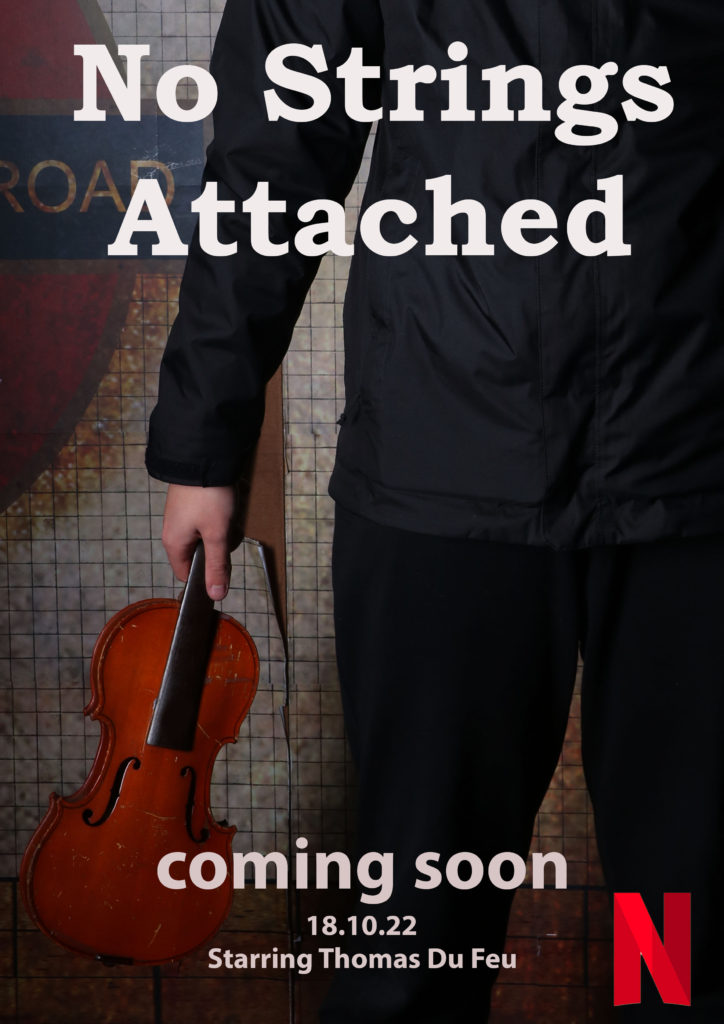Music Video – Letter to the Free is a product which possesses cultural and social significance. It will invite comparison with other music videos allowing for an analysis of the contexts in which they are produced and consumed
This is a targeted CSP and needs to be studied with reference to two elements of the Theoretical Framework (Media Language and Media Representation) and all relevant contexts
“Letter to the Free,” like “13th,” addresses the issue of mass incarceration in the United States, “The 13th is an amendment that says slavery is abolished unless someone commits a crime… It’s evolved [and] is now targeting black and brown people across America for mass incarceration. It’s an epidemic that’s destroying America in many ways. So, for me to write a song about this, it’s fulfilling. It’s what I want my music and art to be, part of the enlightenment, part of moving things forward.”
When we first think about political protest, what comes to mind?
○ Attempts to change to laws or legislation
○ Organised political movements
○ Public protests
○ Petitions, marches
Cultural hegemony functions by framing the ideologies of the dominant social group as the only legitimate
ideology.
● The ideologies of the dominant group are expressed and maintained through its economic, political, moral,
and social institutions (like the education system and the media).
● These institutions socialise people into accepting the norms, values and beliefs of the dominant social
group.
● As a result, oppressed groups believe that the social and economic conditions of society are natural and
inevitable, rather than created by the dominant group.
Lyrics
‘Not whips and chains, all subliminal’
‘Shot me with your ray-gun
And now you want to trump me’
‘And we gonna free them, so we can free us’
POSTCOLONIALISM:
has a kind of hook or link into empire and colonialism
great literature has a timeless and universal significance [which] thereby demotes or disregards cultural, social, regional, and nations differences in experience and outlook’ (Barry, 2017: 194).
The arguments around postcolonial critical thought ‘constituted a fundamentally important political act’ (MacLoed, 200: 16)
Edward Said Culture and Imperialism, 1993
The Link between culture, imperial power & colonialism
the power to narrate, or to block other narratives from forming or emerging, is very important to culture and imperialism
The mode is characterised by ‘the desire to contain the intangibilities of the East within a western lucidity, but this gesture of appropriation only partially conceals the obsessive fear.’ (Suleri, 1987:255)
‘an economic system like a nation or a religion, lives not by bread alone, but by beliefs, visions, daydreams as well, and these may be no less vital to it for being erroneous’V. G. Kiernan
‘the privileged role of culture in the modern imperial experience’ (1997:3)
Jacques Lacan:
The other: we cannot actually see ourselves as whole, we use a reflection to understand who we are / who we are not.




